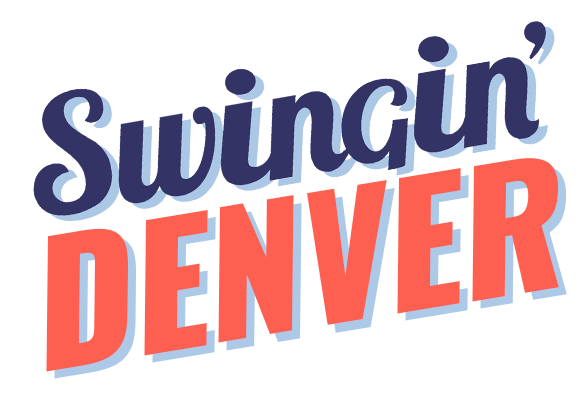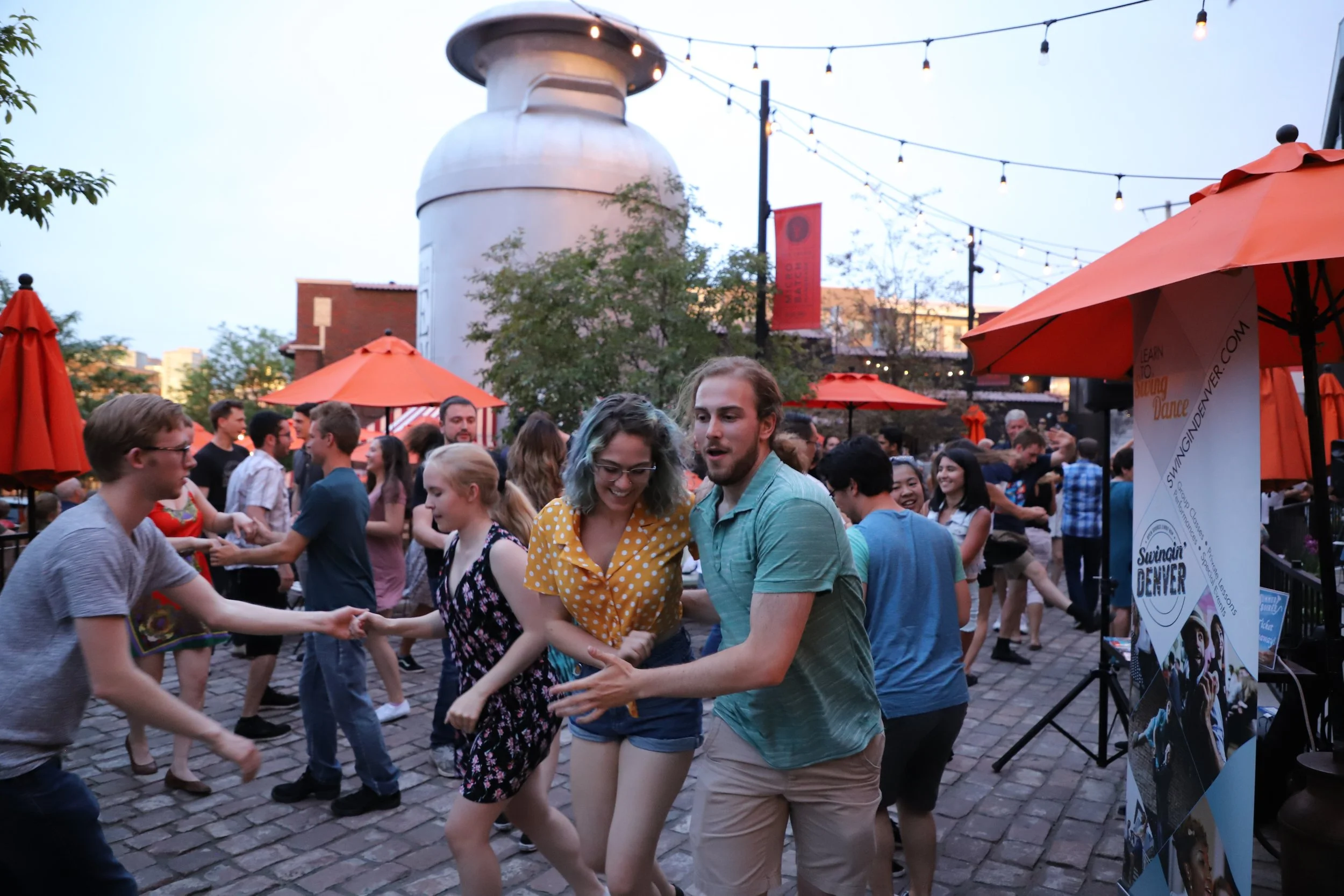Something Moncell Durden said during his first Stormy Weather Jazz Festival talk got us thinking about how we raise our kids and manage our dance classes. Due to a lack of notes during this section, we’re running off of memory but it basically came down to - treat kids like they’re people because they’re smarter than us just taking in all this readily available information until they’re ready to showcase their gleaned knowledge.
In contrast, I used to teach as if students, especially newer ones, were tabla rasa or blank slates. Our methods were based on conformity and only later in their dance journey (if they stuck around) would we talk to students about expressing themselves, musicality, individuality, being non-conforming. We’d also simplify movements sometimes to the students’ detriment that we’d fix later on (if they stuck around). We’d also avoid topics viewed as difficult because this space was “the home of happy feet.”
Instead, and we delved into this topic matter in our Jazz With A Beat class at Stormy Weather, we treat people as dancers, capable of movement as we’re all movers. So we remove the expectation that swingouts finish in a prescribed manner (360° rotation start to finish, followers exiting sideways/forward/back); that Lindy Hop equals triple steps, or that we hold each other’s bodies so. We become more focused on encouraging people to bring their selves into the dance and ask questions of the students such as “could you react well into the next pattern, did anything hurt, did you like your choices” while encouraging experimenting, being open to “failure,” and treating each partner as unique. While we’re using the Design To The Edges concept as teachers, we’re also encouraging dancers to design their dances to the edges rather than the mythological average.
We’re all different as individuals, we’re all the same because we’re movers.



